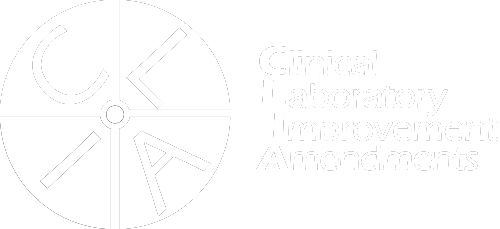Richmond, Va. – Alcohol is the most common addiction in the United States, affecting millions of families across the country. Alcohol use causes nearly a third of all driving fatalities, is the third leading cause of preventable death in America, and alcohol misuse costs the United States more than $249 billion per year. There are many myths around how alcohol is processed in the body and whether certain things can get alcohol out of someone’s system faster. In reality, the only thing that can help get alcohol out of a person’s system is time.

Many different things can affect alcohol absorption into the body, including gender, weight, medications or other drugs, food intake, medical health issues, and drinking pace. “The speed at which your body processes alcohol and the amount of alcohol you consume determine how long alcohol is in your system” (Addiction Center). However, alcohol leaves the body in a nearly linear fashion. Generally speaking, individuals process alcohol at one standard drink per hour.
According to the 2015 National Survey on Drug Use and Health, 15.1 million adults 18 or older had an alcohol use disorder (AUD). About 6.7% of those adults received treatment in the following year. Of the estimated 623,000 adolescents aged 12-17 with an AUD, roughly 5.2% received treatment. Globally, alcohol contributes to 5.9% of all deaths. You can find more information here.
Long-term effects of alcohol include cardiovascular disease, liver disease, respiratory infections, cancer, nerve damage, and ulcers. Short-term effects of alcohol use vary by person and by blood alcohol content. Tolerance in particular can determine the effect of alcohol on an individual.

Click to enlarge
https://www.alcoholrehabguide.org/alcohol/effects/
The legal limit for driving under the influence in the United States is a BAC of 0.08. “Fourteen independent studies in the United States indicate that lowering the illegal BAC limit from .10 to .08 has resulted in 5-16% reductions in alcohol-related crashes, fatalities, or injuries” (Fell & Voas, 2006). Regardless, a BAC of 0.00 is always going to be a better option than drinking any alcohol before driving a car. Studies have shown that impairment begins at very low BAC levels, and “the relative risk of being killed in a single-vehicle crash with BACs of 0.05-0.079 is 7-21 times higher than for drivers at 0.00 BAC” (Fell & Voas, 2013).
For more resources and information, check out these resources:
- Addiction Center (2019). How Long Does Alcohol Stay in your System? Retrieved from https://www.addictioncenter.com/alcohol/how-long-is-alcohol-in-your-system/
- Fell, J.C. and Voas, R.B (2013, October 25). The effectiveness of a 0.05 blood alcohol concentration (BAC) limit for driving in the United States. Journal of Addiction, 109(6).
- Fell, J.C. and Voas, R.B. (2006). The effectiveness of reducing illegal blood alcohol concentration (BAC) limits for driving: Evidence for lowering the limit to .05 BAC. Journal of Safety Research, 37(3), pp. 223-243. https://doi.org/10.1016/j.jsr.2005.07.006


